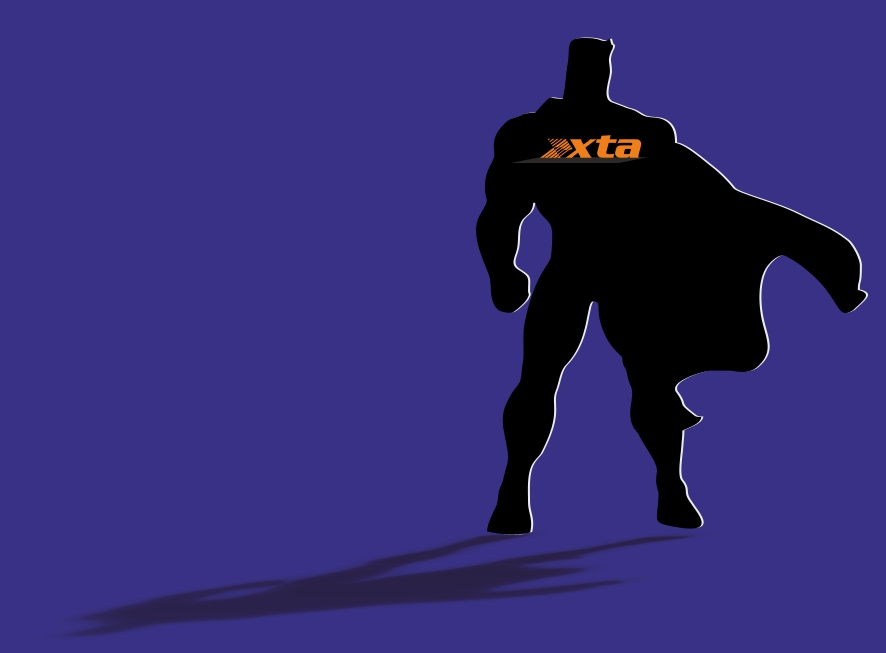
If you’ve ever faced the nightmare scenario of a gig plunging into silence mid-way through, or even had the audience all glaring at you due to a sudden outbreak of snap, crackle and pop (which of course is totally always your fault!) then you need to read on…
In these thoroughly modern times, with more and more audio being transported from stage to FOH and on to amps and processors digitally, we all appreciate that most times with digital it’s all or nothing. Either you’ve got your audio (and that could be ALL your feeds from the stagebox), or…nothing. No losing a phase of one line in the multi, and an overhead drum mike being a bit quieter than expected, no little bit of noise on a few channels as you’ve some power cables running a bit close. Nothing.
All it could take is someone changing sample rate on an AES stream – your master L-R AES stream to the processors and amps and at best there’s a glitch, at worst – dreaded silence again.
So what’s to be done, apart from the obvious check and double-check all cables, connectors and put mittens on the rest of occupants of your FOH cave?
Time for an intervention.
Employ some redundancy. Fire all non-essential staff. Not that kind of redundancy – the kind that actually looks after things and fixes things automatically if there’s a problem.
It’s not a new idea in the field of professional audio, not since AES was introduced on digital equipment, but often it could not be implemented as the assumption was that if you were using a digital source, why would you need to concurrently support same analogue source? So, switching to digital inputs would often use the same XLR sockets as the analogue. Most times, this is fine, but if you did want to have the ability to switch back to analogue in an emergency, then you’re repatching in the back o f a rack on the fly, not flicking a switch – not ideal as the silence descends, threatening to envelope and consume you in its silky folds. Too dramatic?
So imagine if all the sockets to connect up your precious L-R audio were available for both analogue an digital simultaneously, and you could switch between them really quickly in case your AES feed died and you had also plumbed in your pair of analogue ties as…REDUNDANCY!
Wouldn’t that be really useful?
Take a load off.
Now, imagine that this switchover could be done automatically for you – if the AES goes off, analogue is quickly and quietly selected and the music continues to play. So that’s automatic failover.
Handy eh?
So…what about when the stakes are even higher – not just your L-R audio, but perhaps multichannel network audio, coming down a Cat5?
Let’s get specific and consider Dante is this network. Dante is a marvellous method of funnelling and transporting a frankly quite terrifying number of bidirectional audio channels around on a network infrastructure never originally designed for much beyond moving documents and spreadsheets. That said, no-one considered that you’d be able to send ultra HD video down a computer cable either, so let’s just wonder at the wonder and leave it at that!
Audinate, the people behind Dante, were completely aware of the very real-world pitfalls of computer networks – IT departments don’t exist for no reason. If you’ve ever looked at the Enthernet ports on any audio equipment that supports Dante, there’re almost always two sockets. [These aren’t IN and OUT – if you think they are, please go here and ask yourself if this is a better use of your time.] – I know they sort of can be thought of as IN and OUT when you are using a Dante module in “switched” mode and not “redundancy” mode, but we’re not doing that, are we?!
They are often labelled 1& 2 or Primary and Secondary, as Dante supports a level of redundancy in an attempt to circumvent the (pretty catastrophic) loss of all audio that would result from the network going down. Remember, this might not be a dodgy cable or someone tripping over something – it could be a router crashing, someone plugging in a laptop to the network and streaming the Lion King in UHD – there are a host of things that could cause an issue and with that “all or nothing” idea ringing in your ears, there could be a whole lot to lose. Too dramatic again?!

We aren’t suggesting that routers often spontaneously burst into flames, but then you wouldn’t have thought mobile phones would either!
Dance, while the music still plays on…
In the same way as redundant PSUs on a console’s supply aren’t going to help you out much if they’re just plugged into the same distro, should the mains fail, to really make use of the network level redundancy, you’ll need to have two independantly routed networks set up, via different routers and switches, not just two cables plugged into the ports (although this better than nothing!).
If you’ve not got the ability to set this up, then running the AES feeds (and analogue versions for full belt and braces) would mean things have to have gone really t*ts up, and you’re covered – you can lose the Dante network, the AES can fail and you’re still playing on!
Who wouldn’t want to be that guy?




